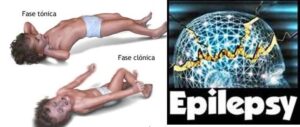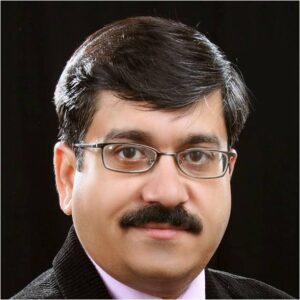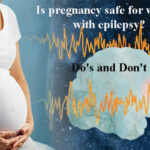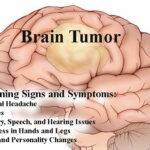Epilepsy is a disorder of the brain and having seizures and epilepsy can definitely affect one’s overall health, safety, relationships, work, etc. Epilepsy is treatable, and there is a need of increased public awareness to defeat epilepsy from society.


Epilepsy is the fourth most common chronic disorder of the brain characterized by recurrent ‘seizures’ or ‘fits. The seizures are caused due to sudden, excessive and abnormal electrical discharges in the brain cells. It can affect people of all ages; however, each individual has its unique concerns and problems.
Epilepsy is a disorder of the brain characterized by an enduring predisposition to generate epileptic seizures and by the neuro-biologic, cognitive, psychological, and social consequences of this condition.
Epilepsy affects one’s overall health, safety
Having seizures and epilepsy can definitely affect one’s overall health, safety, relationships, work, etc., but the public perception of people with epilepsy and stigmas attached with the neurological disorder are often more traumatic than actual seizures.
This differentiation is crucial for better outcomes in treatment as non-epileptic events usually do not respond well to antiepileptic medications, and misdiagnosis leads to delay in initiating appropriate therapy. Confirming or ruling out epilepsy not only prevents unnecessary treatment and exposure to interventions but also reduces patient and family anxiety and possibly unnecessary stigma.
According to World Health Organization (WHO), about 50 million people have epilepsy across the world, out of which approximately 10 million people are in India. Although epilepsy is treatable, yet three-fourth of affected people in developing countries fail to receive the required treatment on time- it could be due to lack of resources or ignorance and lack of awareness.
India is home to about 10 million people with epilepsy.
Worldwide, it is estimated that 10·5 million children under 15 years have active epilepsy, representing about 25% of the global epilepsy population. Of the 3·5 million people who develop epilepsy annually, 40% are younger than 15 years, and more than 80% live in developing countries. India is home to about 10 million people with epilepsy.
A recent meta-analysis of published and unpublished studies puts the overall prevalence rate of epilepsy in India at 5.59 per 1,000 population. The prevalence has been found to be 1.9% in the rural population as compared with 0.6% in urban population. There are very few incidence studies from India, and the most recent one suggests an age standardized incidence rate of 27.3/100,000 per year
Management and treatment


Unlike some bizarre and strange notions/stories prevalent about epilepsy in our country, we need to highlight it as a serious medical condition which requires immediate medical intervention and is mostly treatable with medications, particularly anticonvulsant drugs. The critical thing about epilepsy is that one should not delay and initiate the treatment as soon as it is diagnosed. This can prevent any further deterioration of the condition.
Usually the type of treatment prescribed will depend on several factors, including the frequency and severity of the seizures and the person’s age, overall health, and medical history, etc. But, if the seizures are not controlled through medicines, a surgery may be recommend. Infact, for thousands of epilepsy patients, brain surgery can be the best option to end seizures. It may significantly improve patient’s quality of life.
Numerous types of surgery are available to treat epilepsy including:
1. Resective Surgery – It is the most common type of surgery for treating epilepsy. Using resective surgery, a surgeon can surgically remove the part of your brain where seizures happen. They remove an area, a brain lesion or a brain lobe, which is roughly the size of a golf ball. The most common type of resective surgery is a temporal lobectomy. It is also the most successful form of surgery for epilepsy which reduces the number of seizures while limiting your risk of permanent brain damage.
2. Deep Brain Stimulation Surgery – Deep brain stimulation (DBS) therapy is a surgical treatment which aims to reduce seizures not controlled with medication and where surgery to treat the cause of seizures is not possible. It is ideal for people whose epilepsy is difficult to treat, and who cannot have epilepsy surgery to separate or remove the part of the brain that causes seizures. DBS therapy involves implanting electrodes into specific areas of the brain, and then stimulating these areas with small regular electrical impulses.


Dr. Sumit Singh
Director, Neurosciences
Agrim institute of neurosciences
Artemis Hospital, Gurugram











